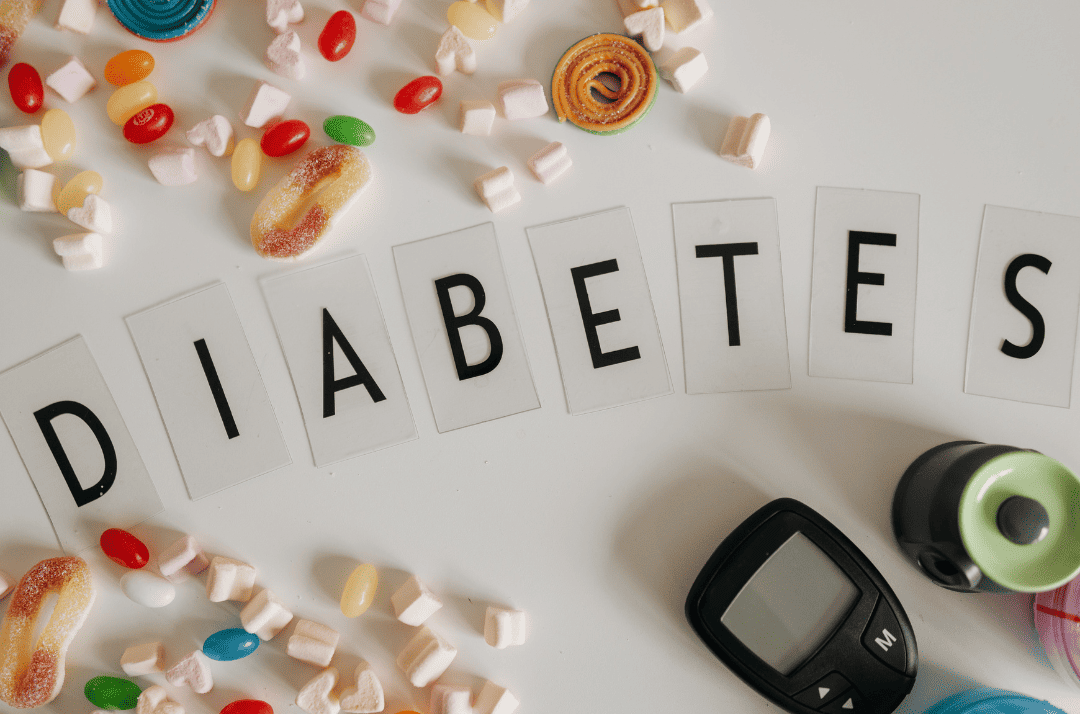Understanding The Different Types Of Diabetes And Their Symptoms
Learn about the various types of diabetes and their symptoms to better understand the condition and seek appropriate medical treatment.
Diabetes is a chronic health condition that affects millions of people worldwide. It is characterized by high levels of glucose or sugar in the blood due to the body’s inability to produce or use insulin effectively. There are different types of diabetes, and each type has its unique characteristics and symptoms. Understanding the various types of diabetes is crucial to manage the condition effectively. In this article, we will discuss the different types of diabetes and their symptoms.
Type 1 Diabetes
 Type 1 diabetes, also known as juvenile diabetes, is an autoimmune disorder that typically affects children, teenagers, and young adults. In this type of diabetes, the immune system attacks and destroys the insulin-producing cells in the pancreas, leading to a deficiency of insulin in the body. The symptoms of type 1 diabetes often develop rapidly and can include:
Type 1 diabetes, also known as juvenile diabetes, is an autoimmune disorder that typically affects children, teenagers, and young adults. In this type of diabetes, the immune system attacks and destroys the insulin-producing cells in the pancreas, leading to a deficiency of insulin in the body. The symptoms of type 1 diabetes often develop rapidly and can include:
- Frequent urination
- Increased thirst and hunger
- Unexplained weight loss
- Fatigue and weakness
- Blurred vision
- Nausea and vomiting
- Dry mouth and skin
- Rapid breathing or shortness of breath
- Fruity-smelling breath
If left untreated, type 1 diabetes can be life-threatening. Treatment for type 1 diabetes typically involves insulin therapy, which involves regular injections of insulin to regulate blood sugar levels.
Type 2 Diabetes
Type 2 diabetes is the most common type of diabetes, accounting for around 90% of all diabetes cases worldwide. This type of diabetes occurs when the body becomes resistant to insulin or does not produce enough insulin to meet the body’s needs. Type 2 diabetes often develops gradually and may not have any noticeable symptoms in the early stages. Some common symptoms of type 2 diabetes include:
- Frequent urination
- Increased thirst and hunger
- Fatigue and weakness
- Blurred vision
- Slow healing of cuts and wounds
- Numbness or tingling in the hands or feet
- Recurring infections, such as yeast infections
Type 2 diabetes can be managed through a combination of lifestyle changes, such as eating a healthy diet, regular exercise, and maintaining a healthy weight, and medication, such as oral medications or insulin therapy.
Gestational Diabetes
 Gestational diabetes is a type of diabetes that develops during pregnancy. It occurs when the hormones produced during pregnancy make it difficult for the body to use insulin effectively, leading to high blood sugar levels. Gestational diabetes usually develops in the second or third trimester of pregnancy and typically goes away after delivery. Some common symptoms of gestational diabetes include:
Gestational diabetes is a type of diabetes that develops during pregnancy. It occurs when the hormones produced during pregnancy make it difficult for the body to use insulin effectively, leading to high blood sugar levels. Gestational diabetes usually develops in the second or third trimester of pregnancy and typically goes away after delivery. Some common symptoms of gestational diabetes include:
- Increased thirst and hunger
- Fatigue and weakness
- Blurred vision
- Frequent urination
- Nausea and vomiting
- Recurring infections, such as yeast infections
Gestational diabetes can be managed through a combination of lifestyle changes, such as eating a healthy diet, regular exercise, and maintaining a healthy weight, and medication, such as insulin therapy.
Pre-Diabetes
Pre-diabetes is a condition in which blood sugar levels are higher than normal but not high enough to be classified as diabetes. It is a warning sign that you may develop type 2 diabetes if you do not make changes to your lifestyle. Some common symptoms of pre-diabetes include:
- Increased thirst and hunger
- Fatigue and weakness
- Blurred vision
- Frequent urination
- Numbness or tingling in the hands or feet
Pre-diabetes can be managed through lifestyle changes, such as eating a healthy diet, regular exercise, and maintaining a healthy weight. If left untreated, pre-diabetes can lead to type 2 diabetes.
Takeaway:
In conclusion, diabetes is a complex disease that can have serious implications if left untreated or mismanaged. Understanding the different types of diabetes and their symptoms is crucial in getting an accurate diagnosis and receiving proper treatment. If you experience any of the symptoms mentioned in this article, it is important to speak with your healthcare provider as soon as possible. With proper diagnosis and treatment, individuals with diabetes can lead healthy, fulfilling lives. However, it is important to remember that diabetes is a chronic condition that requires ongoing management, including regular monitoring of blood sugar levels, medication, and lifestyle changes. By staying informed about the different types of diabetes and working closely with healthcare providers, individuals with diabetes can take control of their health and minimize the risk of complications.



